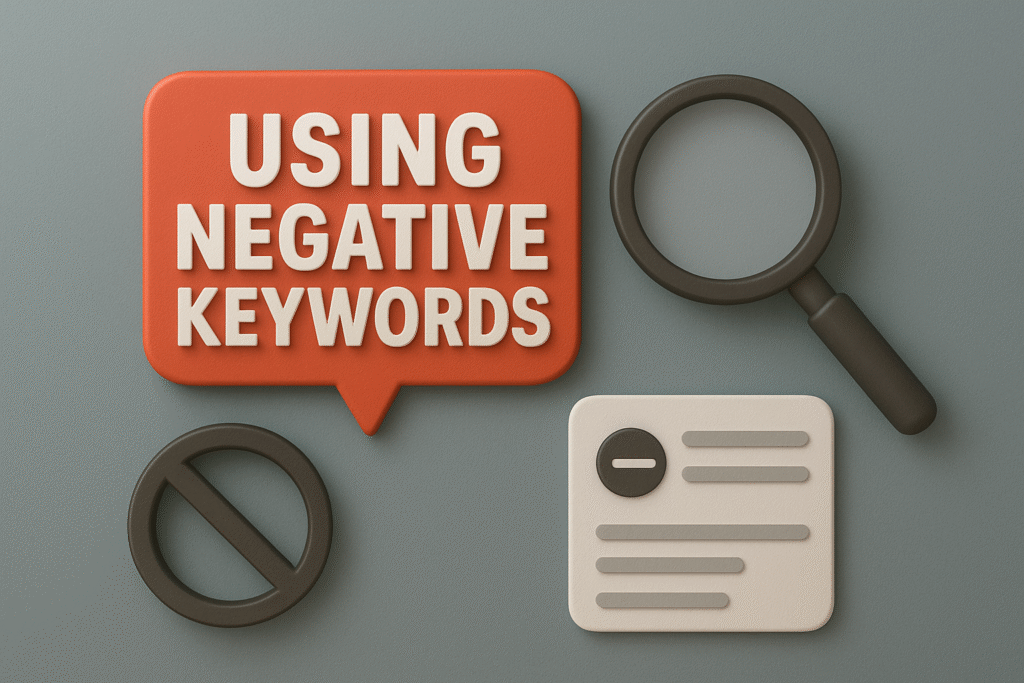Exact Way of Using Negative Keywords

Here’s What You’ll Learn in This Article Discover how mastering negative keywords can significantly improve your PPC performance. This guide explains what negative keywords are, why they matter, and how to use them strategically to refine targeting, cut wasted ad spend, and boost ROI. You’ll also learn step-by-step methods for building negative keyword lists, automating […]
